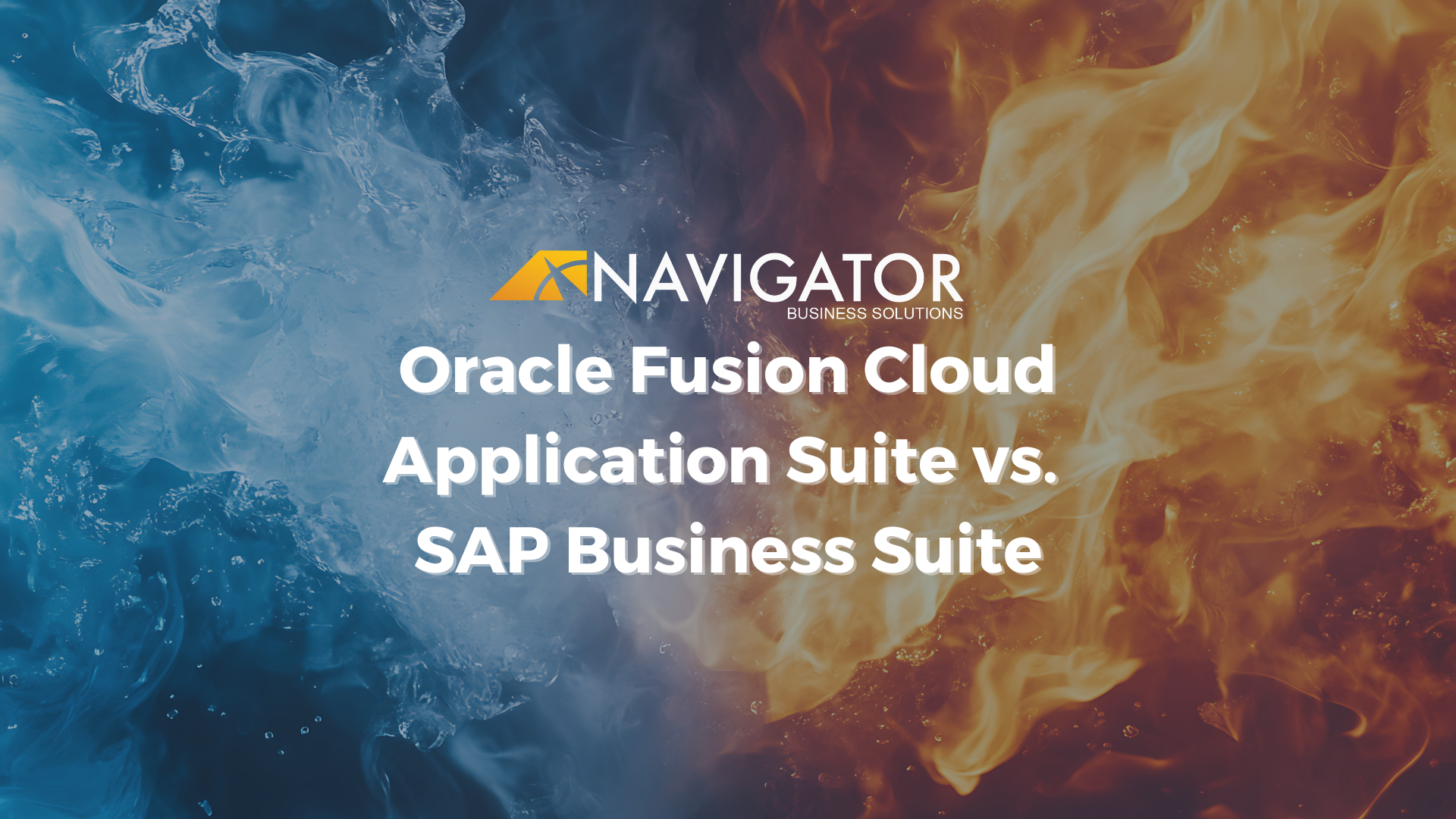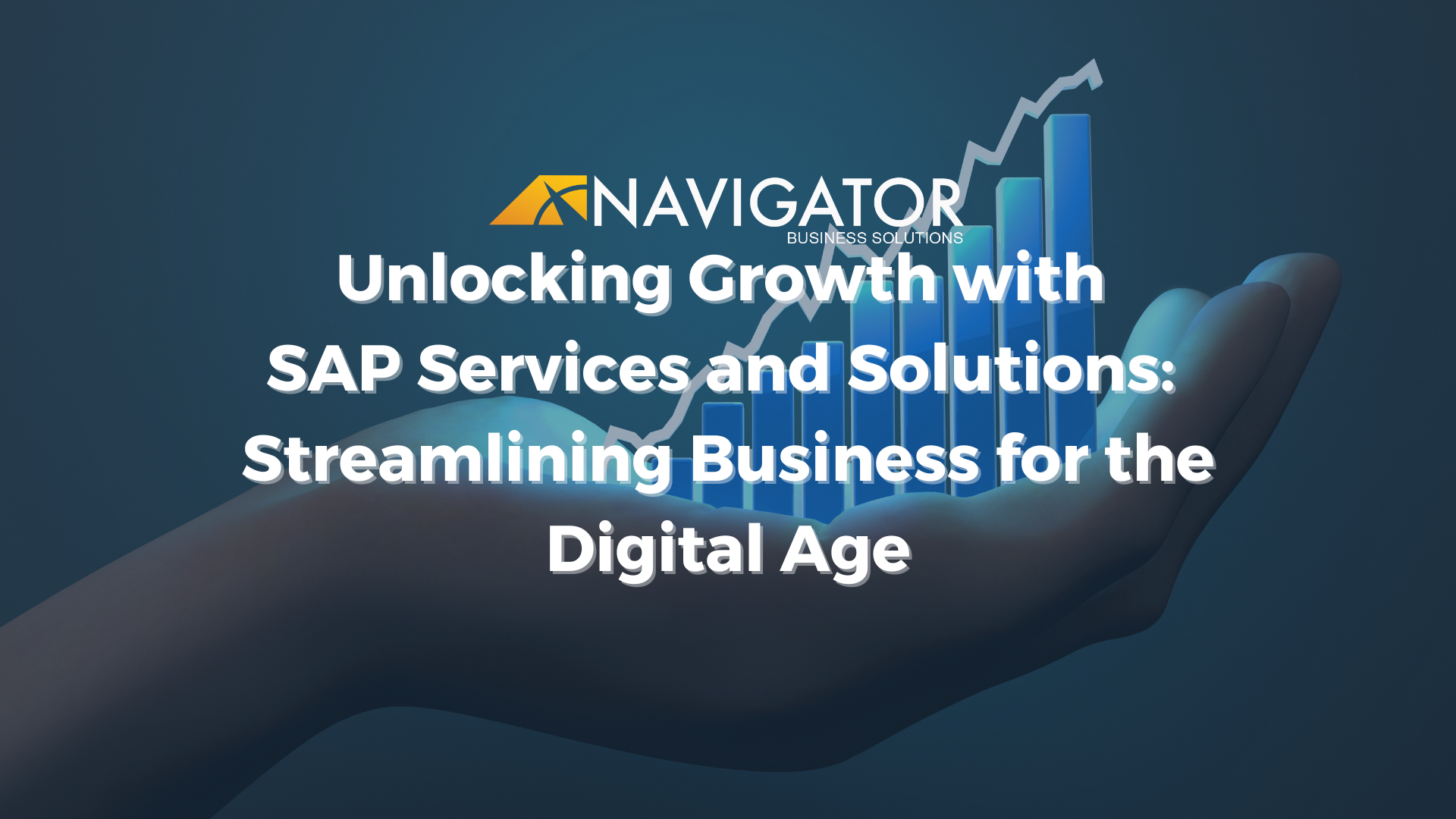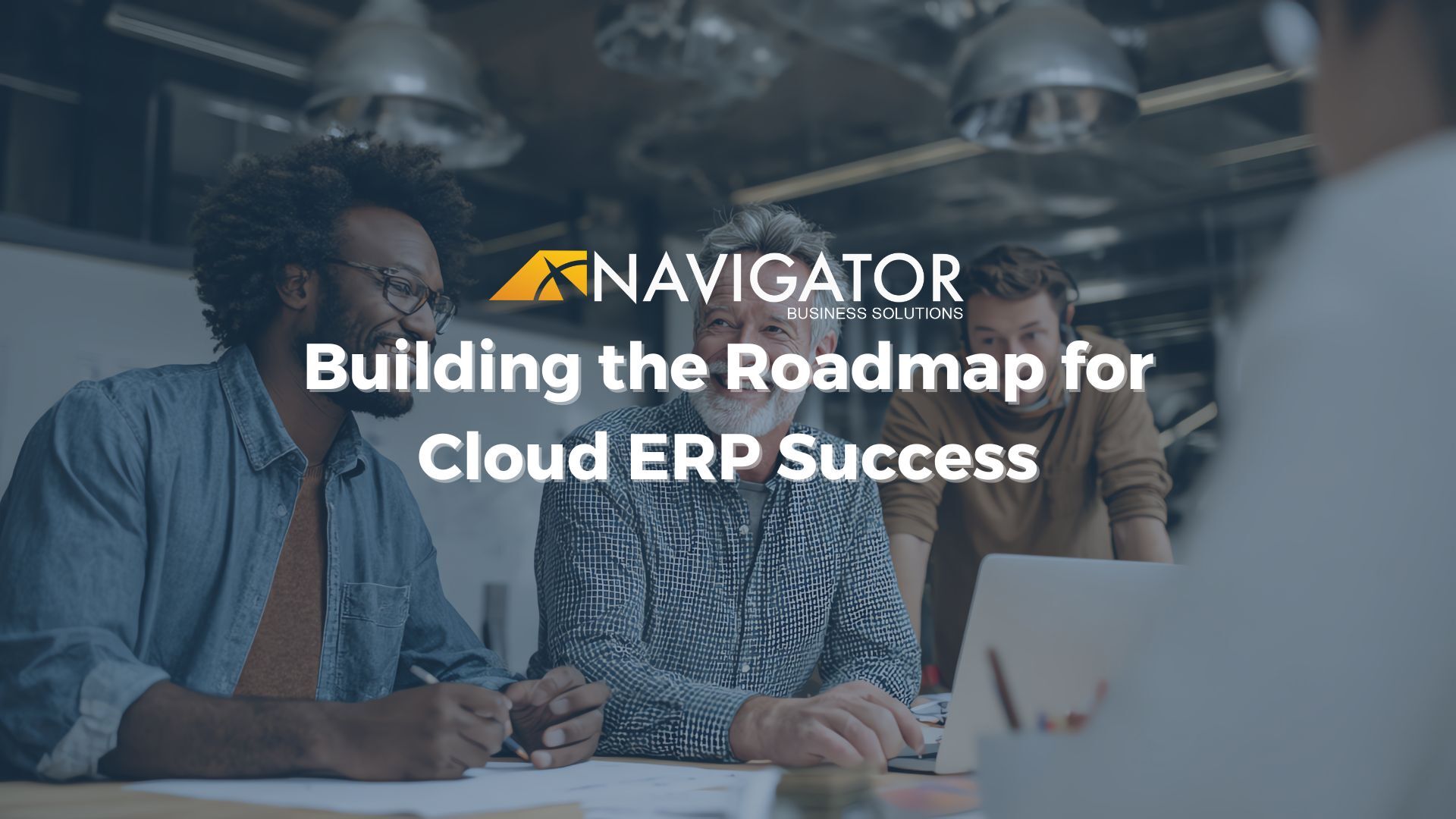Deciding it is time for an enterprise resource planning system (ERP) is relatively simple.
Article Highlights:- As a business grows, the time for ERP becomes obvious.
- The evaluation process is more about how easy the system is to configure and use, how flexible it is to meet core business processes, and what kind of pricing and support community is built around the software.
- An SAP Value Added Reseller/ Implementation partner will work with you on mapping your needs to the system, configuring the ERP solution properly for your business, and making sure you have a pain-free rollout.
You need more robust financials or centralized data, or you manufacture, or you’re working across multiple geographies with a variety of suppliers and partners, or you need real-time operational visibility and a complete picture of your business. As a business grows, the time for ERP becomes obvious.
What’s less simple is how to get there. Because ERP encompasses all aspects of a business, selection and implementation can feel overwhelming in its scope and complexity. This is especially true given ERP’s reputation as expensive on-premise software that can be hard to implement.
The Roadmap: 5 Steps for Rolling Out an ERP
The good news is that cloud ERP has made rollout a lot more manageable than in the past. But it still is a significant project.
There are four basic steps for rolling out an ERP system.
1. Evaluate your business and its needs. Before you can choose the right ERP system and set it up properly, you need to thoroughly understand your business. We have a free ERP evaluation workbook that can help with that process.
2. Select your ERP vendor and your support partner. Selecting your ERP system obviously is important, but equally important is choosing an ERP implementation partner for rollout and ongoing support because you’ll need an experienced team that knows both the system and your business. This is usually not the ERP vendor itself.
3. Implement the ERP system. Setting up an ERP system entails configuring the software and making sure both your organization’s processes and data are properly supported in the system. This used to take more than a year when ERP was on-premise software, but now it can be done in as little as three months depending on the business.
4. Test and roll out the ERP. The lion’s share of the work is testing to ensure that expected outcomes are met with the new system, and onboarding employees and helping them adopt the new system. This requires change management, and this is where a good ERP system properly configured by an experienced implementation partner really makes a difference.
Selecting the Right ERP System for Your Business
Once you’ve evaluated your business and its needs, choosing your ERP solution is the next step.
Unlike many types of software, choosing the right ERP system isn’t about evaluating features. All ERP solutions by major vendors should have what a business needs. The evaluation process is more about how easy the system is to configure and use, how flexible it is to meet core business processes, and what kind of pricing and support community is built around the software.
Some key questions to ask when evaluating ERP solutions:
1. What’s included, and what’s an add-on? To avoid sticker shock and help with setup, check to see what comes with the ERP solution out of the box. Some ERP solutions promise the world, but key features require additional add-ons that can quickly add up. Look for a fully integrated system that has all that a business needs with just a single contract and no bait-and-switch tactics.
2. What’s the normal price for the software after promotional discounts? ERP software isn’t something that your business will be changing often, because it sits at the heart of your business. So while limited-time discounts are nice, they shouldn’t play a big role in the selection process. If anything, deep promotional discounts should be a red flag because they signal a short-term mindset instead of the long-term partnership that is needed with an ERP vendor. Your ERP vendor will be with you a lot longer than the sales cycle.
3. Can the software grow without it overwhelming us today? You want an ERP system that can meet all the needs of your business today and as you grow, but you don’t want tomorrow’s needs adding unnecessary complexity today. So look for an ERP solution that allows functionality to be turned on progressively as a business needs it. Also check to see that there’s a clear and easy migration path so your business can migrate from the vendor’s small business offering to a larger ERP solution as your organization expands. One good example of this is SAP’s Business ByDesign and SAP S/4HANA Cloud, Public Edition ERP cloud solution for growth-focused, mid-sized businesses.
4. How flexible is the system, and can it integrate with other solutions? Each business is different, so look for an ERP solution that comes with standard business processes out of the box but is flexible enough to meet the specific processes and workflows of your organization at the same time. Because your ERP solution will serve as the nerve-center for your business, also make sure that it supports a wide range of connectivity so it can connect with cloud services and other systems in real-time.
5. How robust is the userbase and the support community? What other businesses are using the ERP solution and the vendor? While there are many ERP vendors on the market, tend toward vendors that are time-tested and used by a wide variety of businesses both in your industry and outside of it. The partnership with your ERP vendor will be a long-term relationship, so a large and active userbase is a good sign. Similarly, select a vendor with a large community of implementation partners, consultants and support services so you know you can get help and solutions when you need them later on.
Choosing a Good Implementation Partner
Equally important as ERP vendor selection is choosing the right implementation partner.
This third-party will work with you on mapping your needs to the system, configuring the ERP solution properly for your business, and making sure you have a pain-free rollout. The implementation partner also will help after the system goes live when you have questions or issues with the system as your business grows.
Three important questions to ask when evaluating ERP implementation partners:
1. Do they know my chosen ERP system? A good implementation partner will have deep experience with the ERP system you have chosen, and know it inside and out. Look for a proven track record of implementation and support success, and a strong relationship between your ERP vendor and the implementation partner.
2. Will they learn about my business and act as a partner? You need an implementation partner that takes the time to understand your business and acts almost like an adjunct to your in-house IT staff. Focus on implementation partners that view the relationship as an ongoing partnership and work closely with your business instead of just dictating the process of implementation and rollout.
For more on the ERP selection and implementation journey, download our free guide, Understanding Cloud ERP, or contact one of our experienced consultants at (801) 642-0123 or by emailing info@nbs-us.com.




